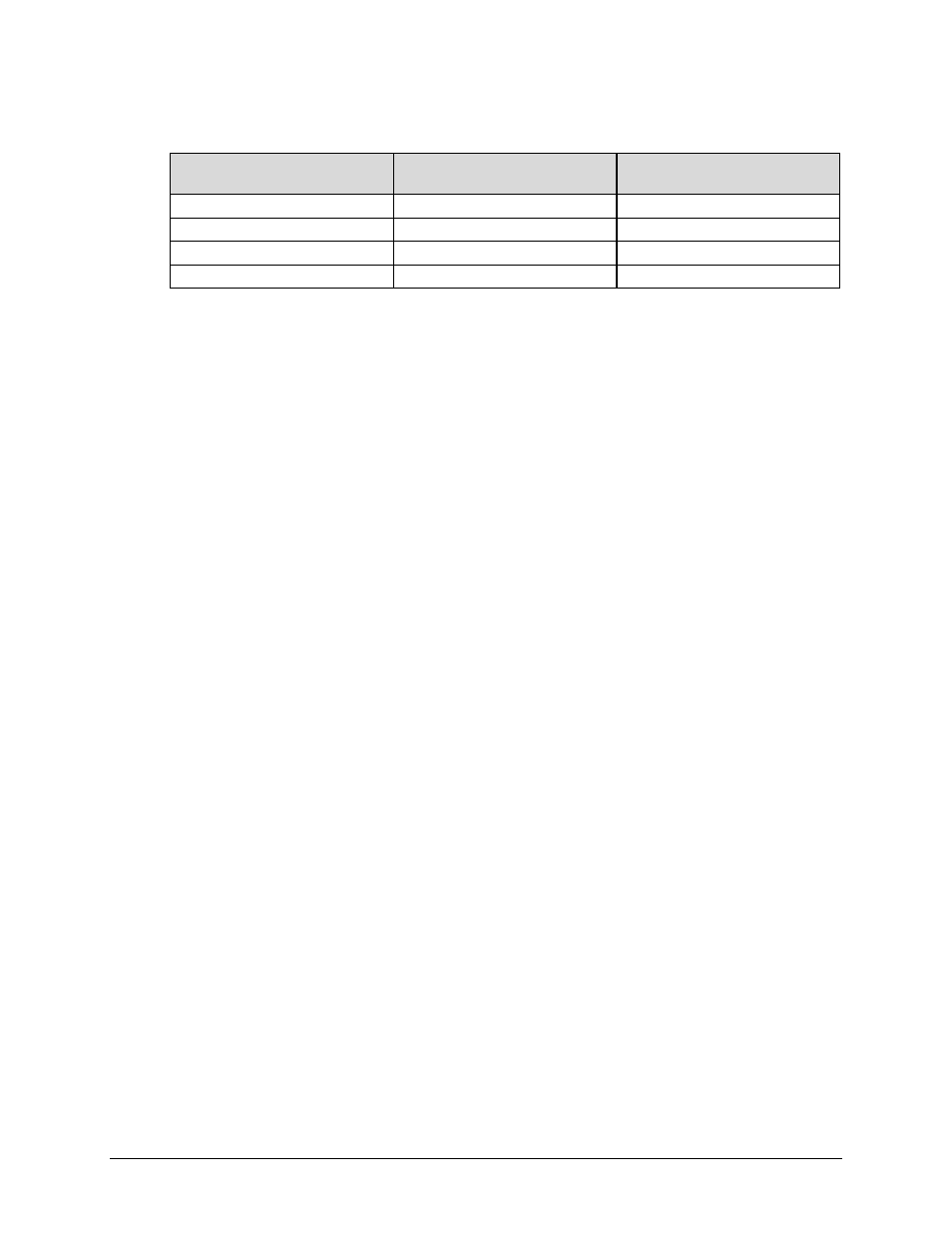C.4.3 pilots, C.4.4 long and short frames, C.4.5 monotonic operation – Comtech EF Data CDM-750 User Manual
Page 246

CDM-750 Advanced High-Speed Trunking Modem
Revision 2
Appendix C
MN-CDM750
C–10
Table C-4. Modulation Type Impairment
Additional Impairment
Variable Name
dB (Factory Default Shown)
Adjustable 0.0 to 9.9 dB
QPSK Degradation
QPSK_DEG
0.0
8PSK Degradation
8PSK_DEG
0.0
16APSK Degradation
16APSK_DEG
0.0
32APSK Degradation
32APSK_DEG
0.0
Note: Impairment Setting – QPSK ≤ 8PSK ≤ 16APSK ≤ 32APSK
C.4.3 Pilots
DVB‐S2 originally introduced Pilots as a means to combat phase noise. An additional concern
arose because the very powerful Low Density Parity‐Check Forward Error Correction (LDPC FEC)
reduced the conventional operating point of a demodulator much closer to the noise floor than
was done historically, increasing the risk of cycle slips.
There are several ModCods where DVB‐S2 advised using Pilots to avoid cycle slips:
• 8PSK 3/5 and 2/3
• 16APSK 3/4
• 32APSK 3/5
The use of Pilots was also recommended by DVB‐S2 for ACM operation to guarantee continuous
receiver synchronization. Here, the DVB advises that there are ModCod cases that are simply
more reliable with Pilots on, even in the case of reasonable phase noise.
For the purpose of data integrity and maximum ModCod selection, the CDM‐750 modem
always enables Pilots ON for all ModCods whenever ACM mode is selected.
C.4.4 Long and Short Frames
It is possible to process a mix of Normal and short frames, although is not believed to be very
valuable for high speed point to point trunking applications. In addition, 9/10 ModCod is not
allowed for short frames, and it is not selectable in short frame mode. The CDM‐750 can be
configured for either Normal or short frames, and does not support mixing frame types. When
operating in ACM mode, ALWAYS use Normal frames at both ends of the link.
C.4.5 Monotonic Operation
Table C‐5 shows the ideal Es/No at QEF for each DVB‐S2 ModCod along with spectral efficiency
and ModCod #. The QEF or Quasi Error Free point corresponds to a Packet Error Rate (PER) =
10
‐7
, based on 188 byte packets. Scanning down the table, there are two entries, ModCods #12
and #18, where the Spectral Efficiency does not change monotonically. In ACM mode, the table
is resorted by Spectral Efficiency to assure monotonic behavior and system stability.
